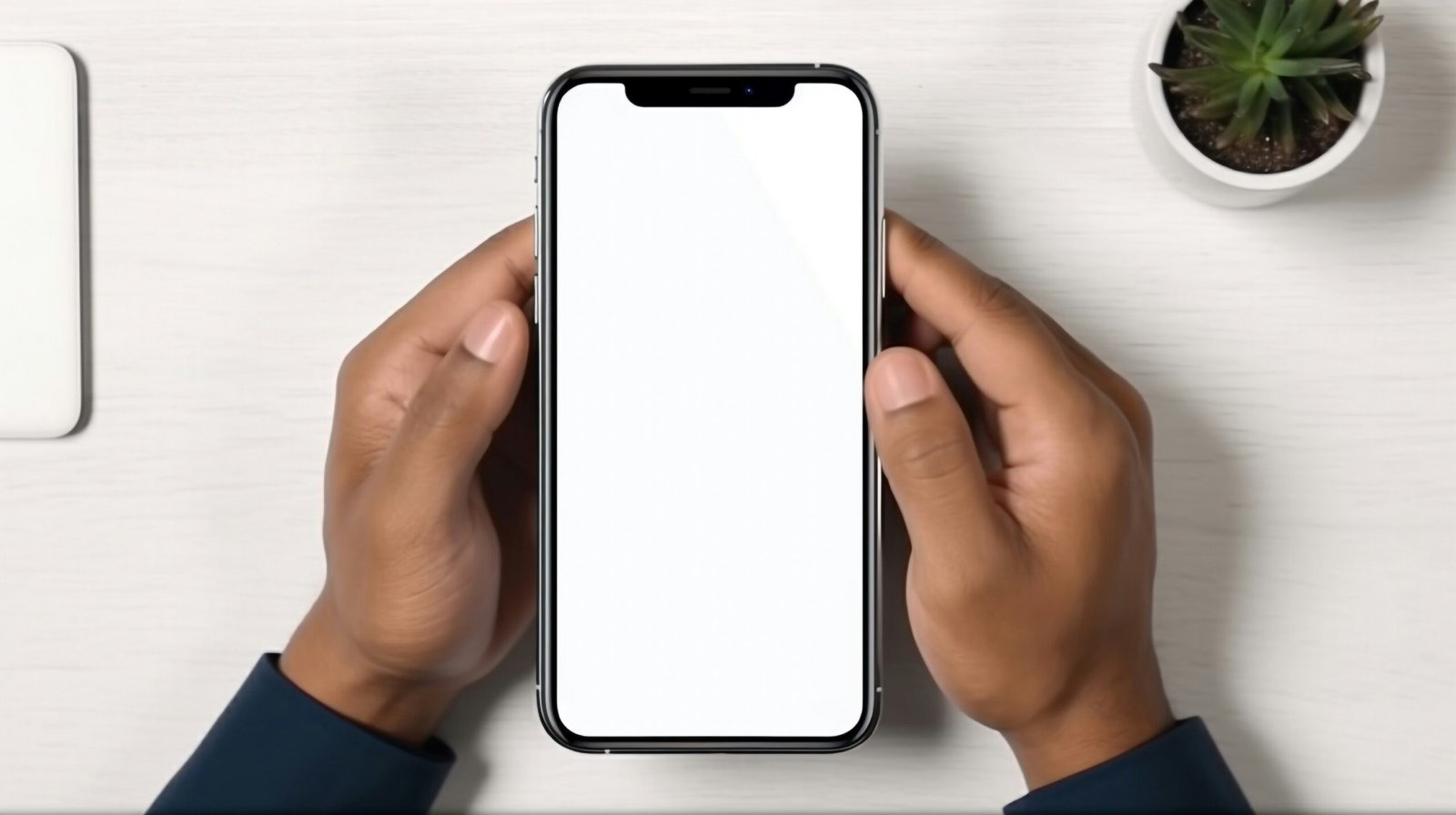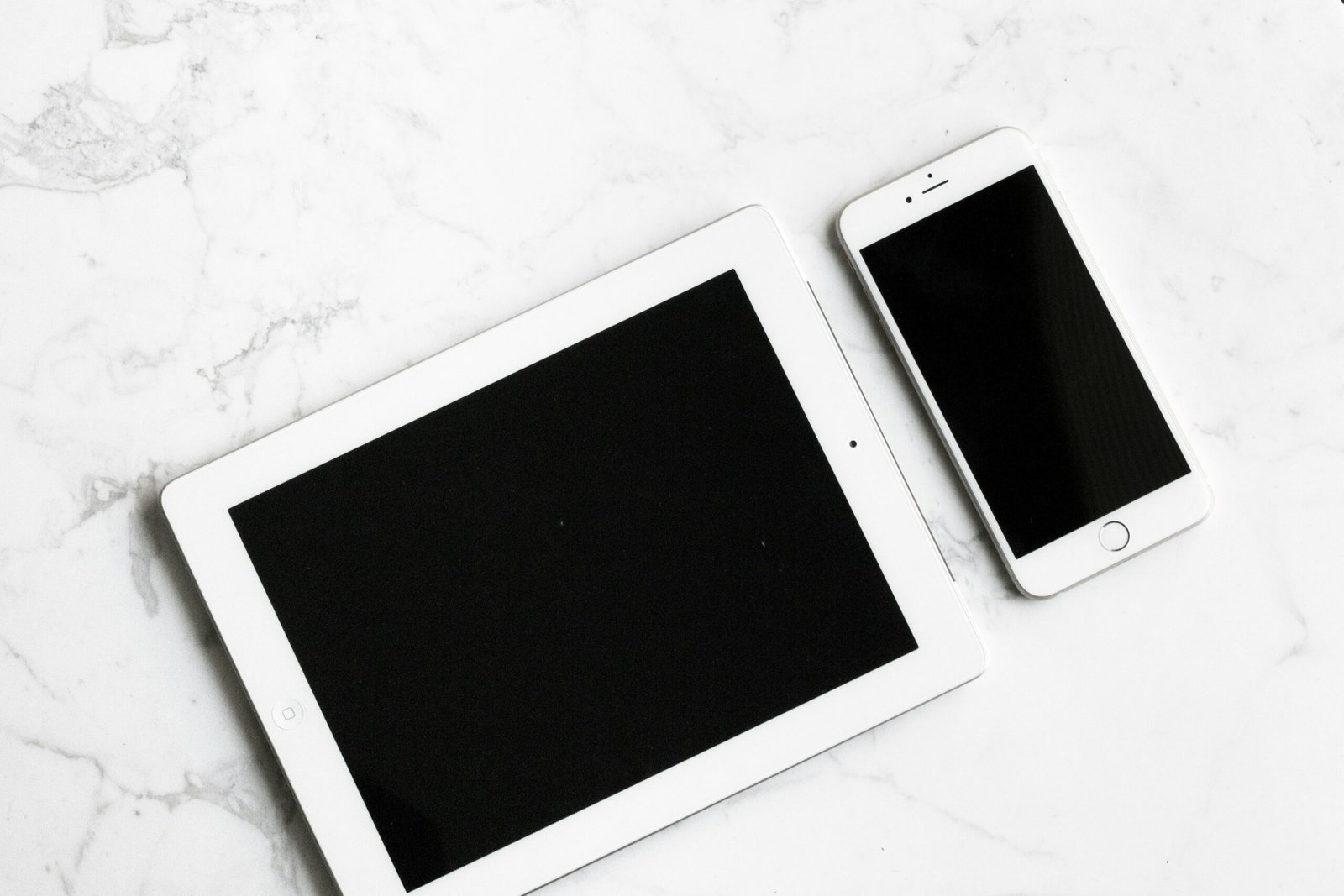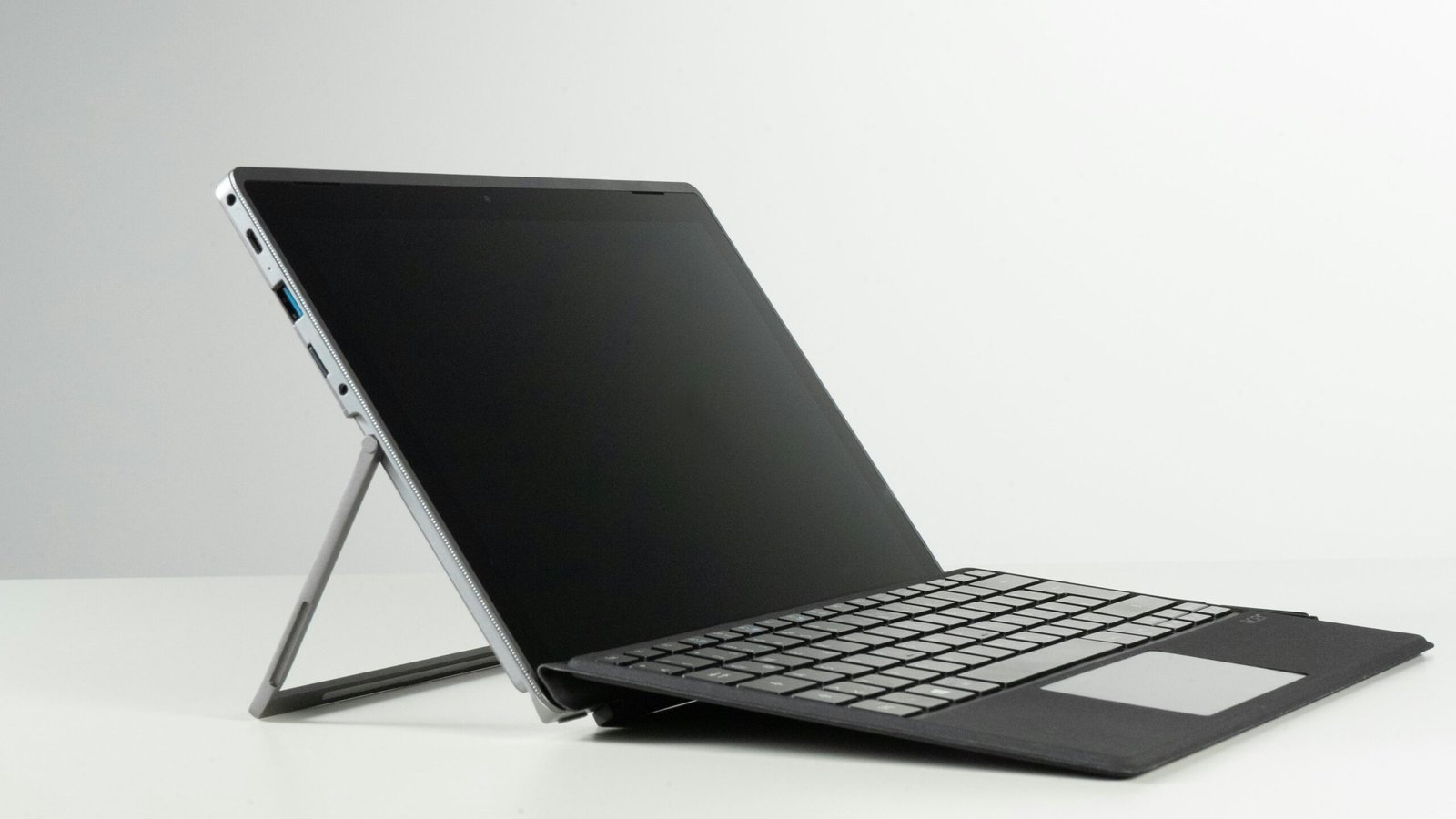Introduction to the Future of Smartphones
The landscape of smartphones has undergone significant transformations over the last decade, consistently enhancing user experience through advancements in technology. As we turn our attention to 2025, it is essential to recognize that smartphones are not merely communication tools; they have become integral components of our daily lives, influencing how we interact with the world around us. The evolution of these devices is driven by rapid innovation, which continuously shapes consumer expectations and industry standards.
In the coming years, we anticipate several trends to dominate the smartphone market, including the rise of artificial intelligence, improved battery technology, and an emphasis on sustainability. For instance, the integration of AI into smartphones means that future devices will not only respond to commands but also proactively assist users by learning their preferences and routines. This advancement is expected to enhance overall functionality, making smartphones even more indispensable.
Moreover, battery technology is on the verge of significant breakthroughs. Consumers can expect phones equipped with longer-lasting batteries and faster-charging capabilities, addressing one of the most common frustrations users face today. Coupled with these developments, manufacturers are increasingly focusing on eco-friendly materials, reflecting a growing awareness of environmental issues and consumer demand for sustainable products.
Understanding these future models is crucial for consumers and tech enthusiasts alike. As the market evolves, so too do the features and capabilities of the devices available. This awareness not only guides purchasing decisions but also prepares users for the technological advancements that will shape their interactions with smartphones in the near future. Staying informed about upcoming trends will empower consumers to choose the right device that aligns with their lifestyle and needs.
Key Trends Shaping Phone Development in 2025
As we advance towards 2025, several key trends are poised to significantly influence the design and functionality of smartphones. These trends encompass technological advancements, innovative materials, and an evolving understanding of consumer needs, collectively redefining the landscape of mobile devices.
One of the most impactful developments is the integration of advanced artificial intelligence (AI) within smartphones. AI is anticipated to enhance user experiences through personalized features, smarter voice assistants, and improved camera functionality. From real-time language translation to on-device processing that optimizes battery life and application performance, the capabilities of AI are expected to transform how users interact with their phones. This shift may lead to more intuitive interfaces and seamless connectivity between devices, facilitating a more cohesive user experience.
Another trend gaining momentum is the adoption of foldable and flexible displays. With continuous advancements in display technology, manufacturers are increasingly exploring designs that allow phones to fold or bend. This innovation offers consumers the benefit of larger screens in compact forms, leading to enhanced multimedia experiences and improved multitasking capabilities. As these displays become more mainstream, they have the potential to change not only the design of phones but also how users consume content and manage daily tasks.
The rise of 5G and the anticipated emergence of 6G technology will also play a crucial role in shaping phone development. These next-generation networks promise to deliver faster data speeds, lower latency, and greater connectivity. This evolution will enable enhanced streaming, real-time gaming, and the proliferation of connected devices, ushering in an era of unprecedented mobile experiences.
Lastly, a growing emphasis on sustainability is set to impact materials and manufacturing processes. Smartphone manufacturers are increasingly sourcing eco-friendly materials and implementing recycling initiatives. This movement towards more responsible production practices aligns with consumer preferences for products that minimize environmental impact, ensuring the industry evolves along a sustainable path.
Top Brands to Watch in 2025
As we look ahead to 2025, the smartphone market is expected to experience significant advancements driven by several leading brands. Established companies such as Apple, Samsung, and Google remain at the forefront, continually pushing the boundaries of smartphone technology through innovative features and cutting-edge designs. For instance, Apple is anticipated to enhance its ecosystem, integrating more robust AI capabilities into its devices, which could redefine user experience and offer seamless connectivity across different platforms.
Samsung is also poised for remarkable growth, particularly with its Galaxy lineup. The brand’s focus on foldable technology and high-quality displays will likely set it apart in a saturated market. Notably, the introduction of new materials for screens and form factors could change the way consumers interact with their phones. Moreover, Samsung’s commitment to sustainability, with recycled materials in their devices, will appeal to a growing demographic concerned about environmental impact.
Google, through its Pixel series, is expected to continue delivering superior camera performance and a streamlined user experience through its unique Android interface. With ongoing investments in artificial intelligence and machine learning, Google is well-positioned to offer advancements that enhance usability and innovation in smartphone photography and overall performance.
In addition to these established players, emerging brands like OnePlus and Xiaomi are making significant strides in the industry. These companies are focusing on value-packed devices with premium specifications at competitive prices, appealing to budget-conscious consumers. As they expand their global reach and explore new markets, they are likely to disrupt the traditional dynamics of smartphone sales.
Overall, the competition will remain fierce in the smartphone landscape, with each brand striving for innovation and consumer satisfaction. Anticipating technological advancements and marketing strategies from both established and emerging firms will be essential in determining the leading players in 2025.
Features That Will Define the Best Phones
As technology continues to advance at a rapid pace, the features that consumers prioritize in phones are evolving significantly. In 2025, several standout attributes are likely to shape the selection of the best mobile devices. One of the key aspects will be camera technology. Modern consumers seek phones equipped with advanced camera systems capable of producing high-quality images in diverse lighting conditions. Enhanced optical zoom, improved low-light performance, and AI-driven features such as real-time editing will become standard, allowing users to capture professional-grade photographs effortlessly.
Battery performance is another critical factor that will influence buying decisions. As apps become more demanding, users will expect phones with longer battery life that can sustain heavy usage throughout the day. Innovations in battery technology, such as faster charging capabilities and higher energy density, will likely be emphasized to meet consumer expectations.
User interface enhancements will also play a significant role in defining the best phones in 2025. Manufacturers will focus on creating intuitive interfaces that provide seamless navigation and a more personalized user experience. Features like gesture controls, customizable displays, and enhanced accessibility options will cater to the diverse needs of consumers, ensuring that smartphones remain user-friendly and adaptable.
Artificial intelligence (AI) integration is set to revolutionize the way phones interact with users. Anticipated advancements include smarter virtual assistants that can learn user preferences and optimize performance accordingly. This could mean more efficient app usage, battery management, and personalized recommendations based on habits.
Lastly, security features will continue to be a priority for consumers concerned about privacy and data protection. High-end models are expected to incorporate advanced biometric systems, such as under-display fingerprint scanners and facial recognition technology, to enhance security measures and provide users with peace of mind. Collectively, these features will define the best offerings in the competitive smartphone market of 2025.
Predicted Best-Selling Smartphones of 2025
As the technology landscape continues to evolve, several smartphones are set to dominate the market in 2025. Each device is expected to cater to different consumer needs, preferences, and budgets, assuring that there’s a model for everyone. Here are some of the anticipated best-sellers.
The first on the list is the Galaxy Z Fold 6, which is anticipated to revolutionize the folding phone segment further. Expected features include a 7.6-inch AMOLED display with a refresh rate of 120Hz, an advanced Snapdragon processor, and enhanced multitasking capabilities. Its design is projected to be sleeker and more durable, appealing to users who value both functionality and style. The rough estimate for its pricing stands around $1,799.
Another notable contender is the iPhone 15, which is likely to maintain Apple’s reputation for high-quality smartphones. With innovations such as an A17 Bionic chip, improved camera technology capable of 48MP shots, and superior battery life, the iPhone 15 will undoubtedly attract its loyal base. This model is expected to start at around $999, reflecting Apple’s pricing strategy.
Likewise, the OnePlus 11T is anticipated to appeal to budget-conscious consumers, offering a flagship experience without breaking the bank. This phone is rumored to include a 6.7-inch Fluid AMOLED display, a high-performance MediaTek chipset, and an impressive 5,000mAh battery. Priced around $749, it provides excellent value for those seeking quality and performance.
Lastly, the Xiaomi Mi 13 is poised to make waves globally, featuring a unique camera system, excellent processing power, and impressive charging speeds. With a competitive price point of approximately $699, it stands out for those wanting cutting-edge technology at a more accessible price.
In conclusion, 2025 promises to deliver an impressive array of smartphones catering to various consumer demands. By keeping an eye on these predicted best-sellers, consumers can make informed decisions when they are ready to upgrade their devices.
The Impact of Sustainability on Smartphone Choices
As the world increasingly confronts the challenges of environmental degradation and climate change, the significance of sustainability in consumer preferences is expected to rise markedly by 2025. In the smartphone market, this growing consciousness is encouraging manufacturers to prioritize eco-friendly materials and sustainable practices in their production processes. Today’s consumers are becoming more discerning, seeking not just high-performance phones but also those that minimize ecological impact.
Eco-friendly materials are poised to become a critical factor in the purchasing decisions of consumers. Manufacturers are exploring alternatives to traditional plastics, such as biodegradable materials and recycled metals. By 2025, smartphones could incorporate innovative biodegradable components, reflecting a commitment to reducing waste and fostering a circular economy. This change is essential, as electronic waste is a significant contributor to global pollution, and consumers are likely to favor brands that demonstrate environmental responsibility.
Additionally, recycling initiatives are expected to become integral to smartphone usage and ownership experiences. Companies may implement trade-in programs, allowing users to return their old devices for recycling purposes. This practice not only helps in reducing e-waste but also encourages sustainable consumer behaviors. As awareness about the proper disposal of electronics grows, customers are likely to gravitate towards brands that offer clear recycling pathways and responsible disposal methods for their old phones.
Major smartphone brands are already beginning to adapt their strategies, and by 2025, we can expect a significant shift toward greener products in the market. This adaptive approach not only caters to environmentally conscious consumers but also positions brands favorably in a competitive landscape, where sustainability is becoming a hallmark of innovation. Ultimately, the integration of eco-friendly materials, robust recycling initiatives, and a comprehensive understanding of consumer preferences will shape the smartphone choices of the future.
Consumer Trends: What Buyers Will Look For
As we approach 2025, the landscape of smartphone consumption is poised for notable transformation, driven by evolving preferences among consumers. First and foremost, design will play a crucial role in the buying decisions of smartphone users. Sleek, minimalist aesthetics with premium materials are expected to dominate. Buyers will gravitate toward devices that not only serve functional purposes but also offer a stylish appearance that complements their lifestyle. The rise of foldable phones and innovative screen technologies will further influence this trend, encouraging manufacturers to rethink traditional designs and incorporate state-of-the-art features.
Brand loyalty remains a powerful factor. Consumers are increasingly aligning themselves with brands that consistently deliver quality, reliability, and innovation. As a result, established names in the smartphone market will need to focus not only on maintaining their reputation but also on enhancing customer engagement and satisfaction. Emerging brands, on the other hand, may find opportunities to capture market share by offering unique selling propositions that resonate with specific consumer needs, such as affordability or specialized functionality.
Pricing expectations are evolving as well, with buyers becoming more knowledgeable about the market. The trend toward value-driven purchasing has led many consumers to conduct thorough research on pricing and available features before making a decision. As such, consumers are more likely to weigh cost against the performance of the device, pushing manufacturers to deliver more competitive pricing without sacrificing quality. The accessibility of user reviews and the power of social media will also play a significant role; consumers will increasingly rely on peer recommendations and online feedback when selecting their next smartphone. This will compel companies to invest in social media marketing strategies to foster a positive image and build trust with potential buyers.
Expert Opinions and Predictions
As we stride towards 2025, industry experts and analysts are brimming with insights regarding the evolution of smartphones. The consensus indicates that manufacturers will prioritize advancements in artificial intelligence (AI) and machine learning, allowing phones to operate with unprecedented efficiency. This not only enhances user experience by anticipating needs but also promotes customization, enabling devices to function in a way that resonates with individual preferences.
Another significant prediction is the advancement of foldable and flexible displays. Analysts argue that as technology becomes more refined, smartphones featuring adaptable screens will transition from novelty items to mainstream products. These devices will offer users more screen real estate without larger form factors, enabling multitasking and engaging experiences. With substantial investments in research and development, this trend is expected to dominate the technical landscape in the coming years.
Moreover, the integration of 5G technology is anticipated to be a game-changer. Experts forecast that by 2025, a majority of smartphones will fully embrace 5G capabilities, transforming data consumption and connectivity. This will usher in an age where high-speed internet is accessible, enabling seamless streaming, gaming, and communication, effectively redefining how consumers utilize their devices.
On the sustainability front, there is a growing expectation for mobile manufacturers to adopt eco-friendly practices. Analysts underline that future phones will likely feature recyclable materials and modular components, aligning with increasing consumer demand for ethical technology. This shift not only addresses environmental concerns but also promotes longevity in devices, thereby reducing electronic waste.
As we anticipate these developments, it is evident that the future of smartphones holds remarkable promise with innovative features aimed at enhancing usability and sustainability. The insights shared by experts provide a foundation for understanding the dynamic shifts ahead in the smartphone industry.
Conclusion: Preparing for the Future of Smartphones
As we look ahead to 2025, the landscape of smartphones is evolving rapidly, offering consumers an array of exciting opportunities and advancements. In our discussions about the top phones to watch for in the coming years, we have examined various trends, including the integration of artificial intelligence, enhanced camera technologies, and innovative designs that prioritize user experience and connectivity. These factors not only represent the innovations that manufacturers are incorporating into their devices but also reflect changing consumer preferences and expectations.
Staying informed about upcoming smartphone trends is crucial for making prudent purchasing decisions. The dynamic nature of technology requires users to adapt to the latest features and changes, ensuring they select a phone that aligns with their needs and lifestyle. Whether it is a foldable design that provides more screen real estate or advancements in battery technology enhancing longevity, understanding these developments empowers consumers to make educated choices.
Anticipating future purchases is an integral part of adapting to the ever-changing tech landscape. Engaging with reviews, expert opinions, and user feedback can provide invaluable insights into a phone’s performance and functionality. As 2025 approaches, it is essential to be proactive in considering how emerging innovations will impact our daily lives and how we communicate, work, and entertain ourselves through these devices.
In conclusion, staying ahead of the curve will not only improve your smartphone experience but also ensure that you are well-equipped to embrace the future of mobile technology. By keeping informed and being adaptable, you can make confident choices when it comes to upgrading your current device or investing in a new phone in the years to come.





